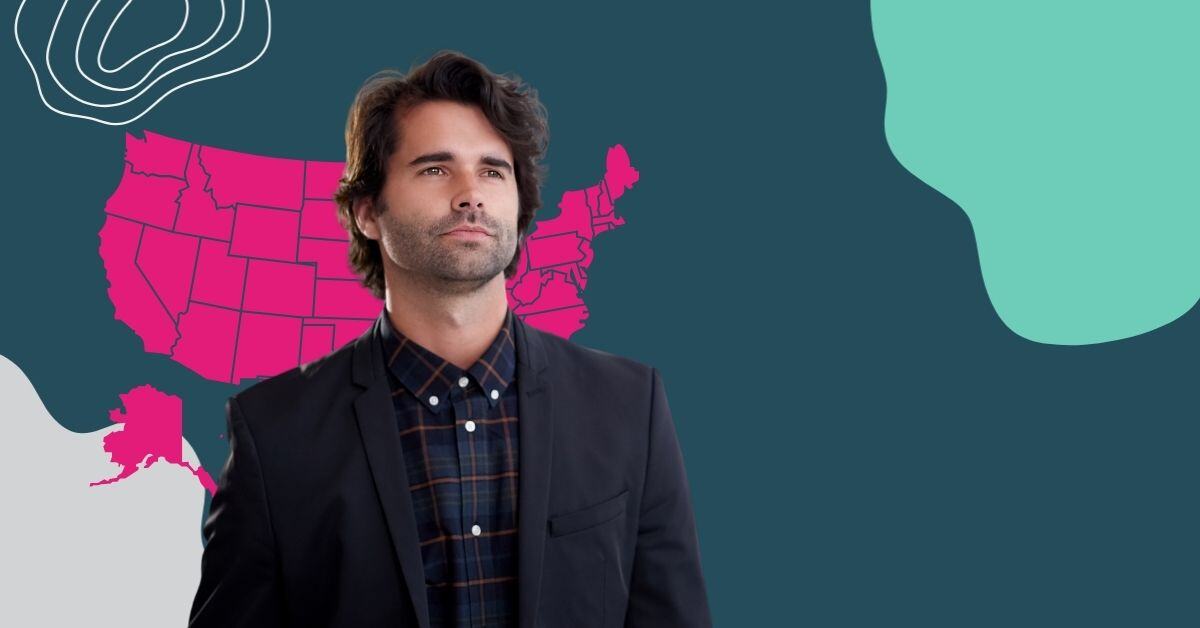How to use an HRA to attract new hires
By Gabrielle Smith on December 30, 2021 at 8:46 AM
When recruiting new employees to your organization, one of the most important things to showcase is your health benefits. After all, more than half of U.S. adults with employer-sponsored health benefits say that liking their health coverage is a key factor in deciding whether or not they would stay at their current job.
Health reimbursement arrangements (HRAs) come with a lot of little-known, but very important benefits, and it’s to your advantage to make them known to your prospective hires to get them excited about joining your organization.
If you’re not sure where to start, this article is for you. Read on to learn how to best communicate your HRA to prospective hires so you can use your health benefit as a valuable recruiting tool.
Want more recruiting and retention strategies? Get 11 tips in our guide
Help them understand how it differs from group health insurance
First, it’s important to remember that most employees are used to being offered a group health insurance plan from their employer, so it’s a good idea to compare your HRA to what they already know.
Here are just a few ways you can walk your prospective employees through how an HRA outshines group health plans:
It’s more affordable
The average cost of group health insurance has increased in recent years, and is expected to continue to rise. Not to mention group health plans are subject to annual rate hikes every year the plan is due for renewal, meaning a spike in your monthly premiums.
With an HRA, you’ll have a consistent allowance you can rely on and budget for every month, without having to worry about fluctuations in price. Plus, you’ll get to choose from a variety of individual health plans available on the state and federal marketplaces, allowing you to choose a plan with a premium you can afford.
It’s personalized
Unlike a group health plan, an HRA allows each employee to use the benefit differently and purchase the qualifying medical expenses that make sense for their personal health, budget, and family situation.
While a group plan lumps you into a one-size-fits all plan that gives you no say over your coverage, network, or premium amount, an HRA empowers you to personally choose an individual insurance plan that works for you.
Tax-free money
With an HRA, all reimbursements are free of payroll tax. What’s more, if you’re covered by a policy providing minimum essential coverage (MEC), such as a plan on the state or federal marketplaces, your reimbursements are also free of income tax. That means that any reimbursements you receive don’t need to be reported as income at the end of the year.
Outline what an HRA covers
Next, prospective employees will want to know what expenses are eligible for reimbursement. HRA reimbursements can be broken down into two main categories: 1) insurance premiums and 2) out-of-pocket expenses.
Here’s a good way to break the two down for them:
Insurance premiums
Insurance premiums are the number one expense HRA participants get reimbursed. If you’re participating in a QSEHRA, you’re not required to take out an individual insurance plan. However, enrolling in a plan that meets MEC allows you to get tax-free reimbursements.
The following types of insurance premiums are all HRA-qualified, provided they’re not already paid with pre-tax dollars:
- Major medical individual health insurance premiums
- Dental care and vision care premiums
- Medicare Part A or B, Medicare HMO, and employer-sponsored health insurance premiums
- Medicare Advantage and Supplement premiums
- COBRA premiums
Out-of-pocket expenses
Out-of-pocket expenses include any qualifying medical expenses your insurance plan doesn’t already cover, or anything your insurance company expects you to pay for on your own. Your HRA allows you to get reimbursed for everything outlined in IRS Publication 502—that’s over 200 eligible expenses!
Here are just a few out-of-pocket expenses that are HRA-eligible:
- Doctor’s visits
- Prescription drugs
- Dental care
- Vision care
- Mental health counseling
- Cold/allergy medicine
- Bandages
- Sunscreen
You can also share our 3-minute video that explains what an HRA covers
Explain how their family members can benefit from their HRA
Next, your prospective hires will be excited to learn that they aren’t the only ones who will benefit from their HRA—many of their family members can, too!
You should explain in detail which of their family members qualify for reimbursement, as listed below:
Spouses
If you and your spouse are legally married at the federal level, you can get reimbursed for all of the qualifying expenses that your spouse incurs.
Spouses are also entitled to the same tax advantages as employees, which means that as long as your spouse has MEC, they can receive all reimbursements tax-free. What’s more, if your spouse is enrolled in their employer’s group plan, you can use your HRA to get their premium reimbursed.
Children and tax dependents
Spouses aren’t the only family members that can get tax-free reimbursements from your HRA. You can also submit reimbursement requests for expenses incurred by your children, so long as they are legally claimed as dependents.
You may have someone in your household who is not your child but is a dependent that you wish to get expenses reimbursed for. As long as they aren’t a qualifying child of any other taxpayer that year, you will likely be able to get their eligible expenses reimbursed as well.
Give them resources to shop for their own individual health insurance
Finally, many of your prospective hires may have never shopped for their own individual health insurance before, so you’ll need to provide them with the resources they need to get started.
Luckily, PeopleKeep partners with Stride Health that helps your employees find the perfect plan based on your specific needs.
Conclusion
Getting your prospective hires excited about a new health benefit is an important step in recruiting top talent. By following the guidelines in this article, you’ll have everything you need to ensure they understand how HRAs work, why they’re a great option over group health, and how they can shop for individual health insurance. An HRA is a valuable tool to help you attract key new hires in a competitive employment market.
Check out more resources
See these related articles

Health insurance for employees in multiple states
This blog shows you four ways to offer a health benefit to your employees in multiple states so you can support your workers regardless of their location.

Can you have two health insurance plans?
Learn the difference between primary and secondary insurance and how you can legally coordinate the two if you have two health insurance plans.

What is healthcare reimbursement?
Looking to reimburse your employees for their healthcare expenses? Learn everything you need to know about healthcare reimbursement.


